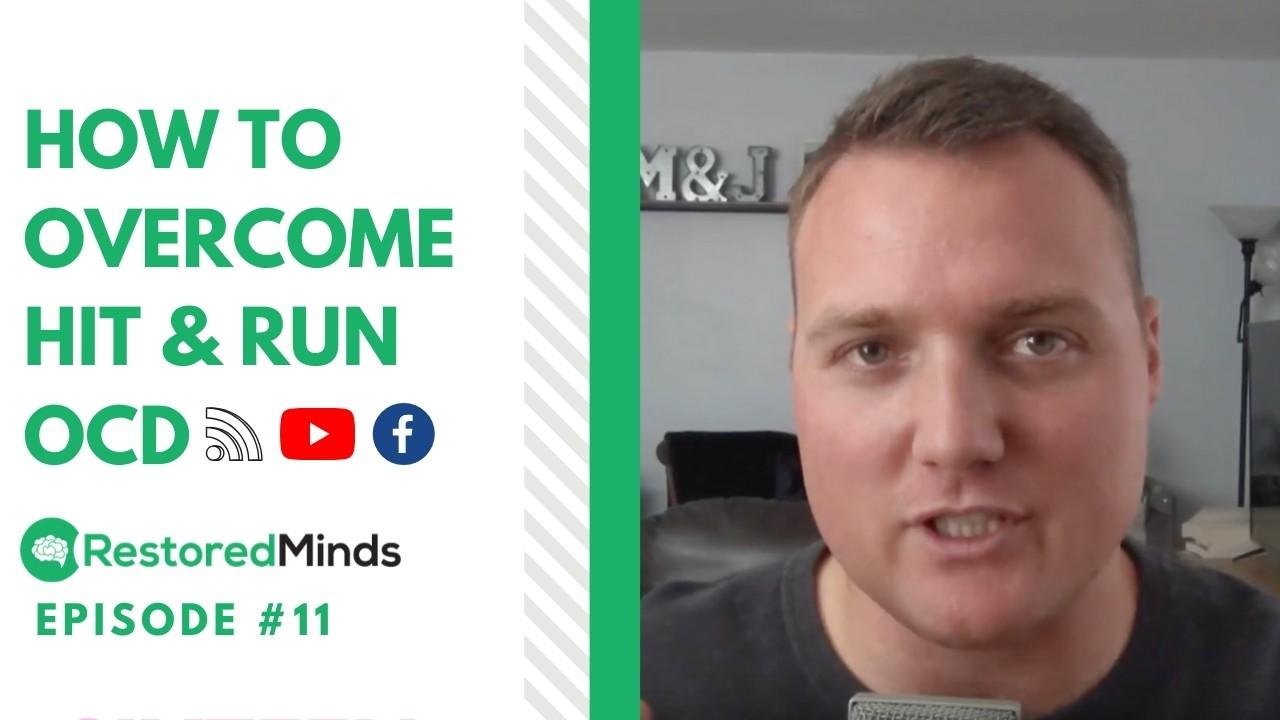How To Overcome Hit And Run OCD | Intrusive Thoughts
Dec 02, 2019
What is Hit And Run OCD?
Hit And Run OCD is a common subtype of OCD. It involves intrusive thoughts and doubts about whether you might have hit someone or something while driving. This could mean worrying about hitting a pedestrian, a stationary object like a mailbox, or another vehicle. The resulting guilt and doubt lead to compulsive behaviors aimed at alleviating anxiety.
Common Obsessions and Compulsions
Obsessions:
-
What if I hit someone while driving?
-
What if I ran over a pedestrian or an animal?
-
What if I damaged property without realizing it?
Compulsions:
-
Avoiding driving to reduce anxiety.
-
Repeatedly driving the same route to check for accidents.
-
Constantly checking rearview mirrors.
-
Seeking reassurance from others.
-
Calling hospitals or morgues to ensure no accidents occurred.
The OCD Loop Explained
The OCD loop is a cycle that includes obsessions, anxiety, compulsions, and temporary relief. This cycle builds on itself, making the intrusive thoughts more frequent and the associated anxiety stronger.
Effective Treatment Strategies for Hit And Run OCD
1. Eliminate Compulsions
The cornerstone of effective OCD treatment is the removal of compulsions. It's not about eliminating anxiety or intrusive thoughts completely but about stopping the compulsive behaviors that reinforce these thoughts.
2. Exposure and Response Prevention (ERP)
ERP is a well-established method in treating OCD. For Hit And Run OCD, this involves facing your fears head-on and resisting the urge to engage in compulsive behaviors. For instance:
-
Gradually drive in different settings that trigger your anxiety.
-
Refrain from checking mirrors or driving the same route repeatedly.
-
Sit with the anxiety and allow it to subside naturally without performing any compulsions.
3. Habituation Process
Start with small, manageable driving tasks and gradually move on to more challenging ones. This helps in desensitizing your anxiety triggers. For example, if driving near schools or on the freeway causes anxiety, practice driving in these areas under controlled conditions.
4. Creative Exposure Techniques
Work with a qualified professional to develop personalized exposure tasks. This can include:
-
Writing narratives about hitting someone.
-
Practicing driving over a small obstacle, like a bag of sand, to simulate the sensation of hitting something.
Conclusion
Overcoming Hit And Run OCD involves a structured approach focused on eliminating compulsions and gradually facing your fears. The goal is to regain control over your driving experiences and reduce the impact of intrusive thoughts.


